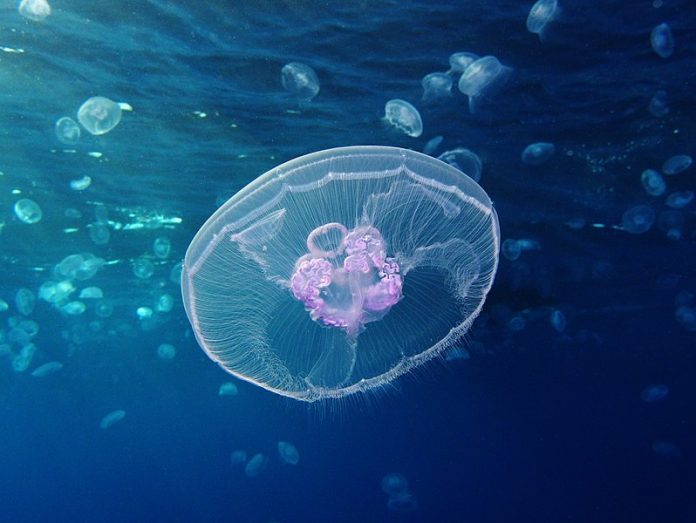Tasmanian salmon farmer attributes disappointing report to jellyfish bloom and disease.
Huon Aquaculture posted their latest six-month financial report on Thursday ended 31 December 2018.
Operating EBITDA was down 45 per-cent compared from EUR 24.5 million in previous corresponding period to 2018’s EUR 13.5 million.
“Whilst growing conditions improved in 1H2019 and operating resources were efficiently deployed, the increase in average fish harvest weight to 4.78kg has not been enough to compensate for the negative 2H2018 impact on biomass. This was further exacerbated by the jellyfish bloom late in 1H2019 elevating mortalities and causing lost fish growth. This impact on volume has resulted in per kg costs (including freight and distribution) increasing to AUD 12.72 (EUR 7.9) from AUD11.17 (EUR 6.9) in the previous half,” wrote the report.
Biological performance in late January and for February to date was affected by the impact of damaged gills from an endemic bacterium from the jellyfish causing high mortalities and reduced growth.
Huon said they expected the salmon to recover from the impacts as water temperatures reduce. “The second half harvest will predominantly be from the new 2018 Year Class fish and while these fish are being impacted, it is still expected that production costs will ease, although remain elevated on a per kg basis at around AUD 11.00 (EUR 6.6),” the company said.

The resulting reduction in volumes: 12,693 tonnes in 2017 to 9,019 tonnes volumes hit domestic and retail markets.
There has been a planned increase in fish numbers put to sea during CY2018 with the aim of returning the harvest growth rates back in line with long term demand growth rates of around 10%pa. As the biomass is rebuilt over CY2019, the company said they expect to see a return to production volumes in FY2020 of 25,000 tonnes.


